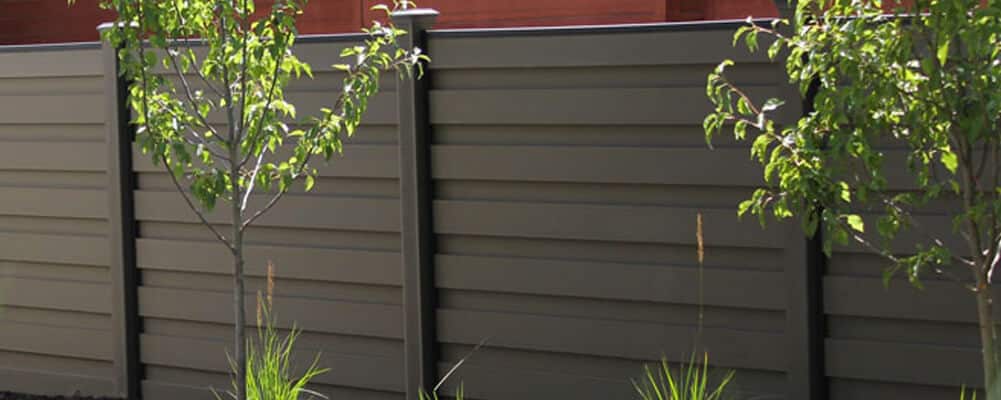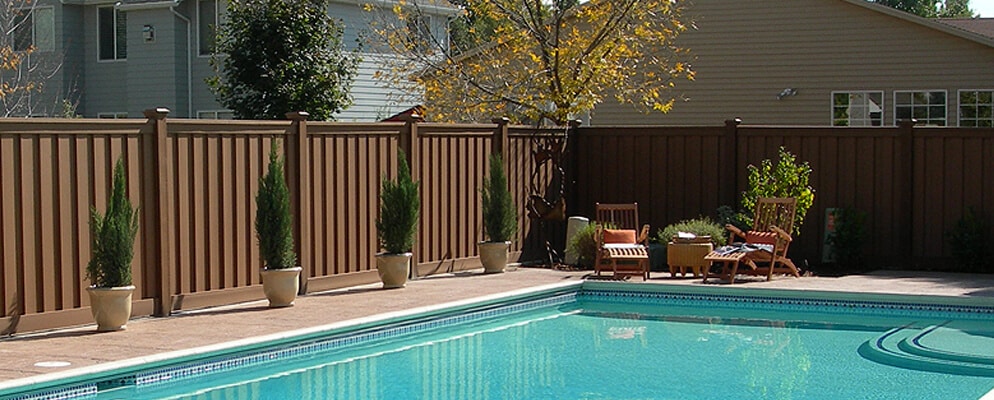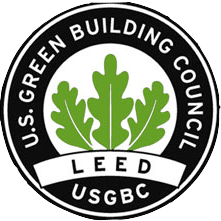Sustainability isn’t just a trend—it’s a responsibility. As more homeowners aim to reduce their environmental footprint, Trex Fencing has emerged as a leader in sustainable outdoor solutions. Built with 95% recycled content and engineered for longevity, Trex Fencing offers an eco-friendly alternative to traditional wood or vinyl fencing.
In this blog, we’ll explore how Trex supports green building practices and why it’s a smart choice for environmentally conscious homeowners, builders, and architects.
Sustainability by Design: The Trex Fencing Difference
Trex Fencing is a composite product made from recycled wood and plastic. Specifically, it contains:
- 100% recycled polyethylene plastic, sourced from items like grocery bags, sandwich wrap, and shrink film.
- Pre-consumer reclaimed wood, gathered from furniture and cabinet manufacturing waste.
These materials are blended together to create a high-performance fencing system that is stronger and more weather-resistant than traditional alternatives.
This sustainable formula not only diverts millions of pounds of waste from landfills each year, but also ensures no trees are cut down to produce Trex Fencing.
Eco-Friendly Features That Set Trex Apart
1. Made from 95% Recycled Materials
From pickets to rails, nearly every Trex Fencing component is made from reclaimed plastic and wood. This commitment to recycling helps conserve natural resources and supports the circular economy.
2. Long Product Lifespan
Traditional wood fences typically need replacing every 10 to 15 years due to rot, insects, or weathering. Trex fences last far longer, often exceeding 25 years with minimal maintenance. Fewer replacements mean fewer materials wasted over time.
3. No Harmful Chemicals
Trex composite fencing contains no added formaldehyde, no toxic resins, and no chemical preservatives. That makes it safer for your family, pets, and the environment.
4. LEED Credit Eligibility
Trex Fencing can contribute to LEED points in several categories, including Materials and Resources and Innovation in Design. For homeowners and builders pursuing green certifications, Trex adds measurable value.
5. Reduced Maintenance, Reduced Impact
Because Trex Fencing never needs staining, painting, or sealing, it eliminates the need for chemical treatments that can leach into the soil or waterways. Cleaning requires only soap and water—no pressure washers or solvents needed.
Sustainable Choices Without Sacrificing Style
Being eco-conscious doesn’t mean compromising on curb appeal. Trex Fencing is available in three rich, natural tones that mimic the look of wood without the environmental cost. These colors include:
- Saddle: A warm, tan hue perfect for earth-toned landscapes.
- Winchester Grey: A weathered, modern gray that pairs beautifully with brick, stone, or white accents.
- Woodland Brown: A rich, dark tone that creates bold contrast in any landscape design.
- Charcoal Black: Trex’s newest shade, this deep charcoal color is ideal for homes and commercial buildings with black or dark trim. It weathers slightly but maintains its dramatic edge over time.
Choose from vertical Seclusions panels or modern Horizons-style horizontal fencing to suit your preferred aesthetic while staying green.
New! Trex Rail Fence for Environmentally Conscious Open Spaces
Trex Fencing SRF recently launched the Trex Rail Fence, offering the same sustainability benefits in an open-style design. Ideal for defining space in large landscapes, farms, or front yards, this fencing option provides boundary control without full enclosure.
Just like the privacy panels, Trex Rail Fence is made from 95% recycled materials and features low-maintenance, non-toxic construction. It’s perfect for property owners who want to stay eco-friendly without compromising strength or style.
Supporting U.S. Manufacturing and Green Jobs
Trex Fencing is proudly made in the USA. By choosing a domestically produced product, you:
- Support American manufacturing jobs
- Reduce the environmental impact associated with overseas shipping
- Gain access to consistent quality and shorter lead times
Especially in today’s global economy, with increasing tariffs and unstable supply chains, choosing an American-made fencing solution like Trex offers both environmental and economic advantages.
A Greener Tomorrow Starts in Your Backyard
Whether you’re updating your backyard, enclosing a community garden, or enhancing a commercial property, Trex Fencing is the sustainable choice that checks all the boxes. With its recycled content, long lifespan, minimal maintenance needs, and eco-conscious design, Trex proves you don’t have to sacrifice function or beauty for sustainability.
Contact Trex Fencing SRF today to learn how our eco-friendly fencing can help you build a greener, smarter outdoor space.
FAQs
What makes Trex Fencing eco-friendly?
Trex Fencing is made from 95% recycled materials, including reclaimed wood and plastic, and contains no toxic chemicals or preservatives.
Can Trex Fencing help me earn LEED certification?
Yes, Trex products contribute to multiple LEED categories, such as recycled content and innovation in design.
Is Trex better for the environment than vinyl or wood?
Yes. Trex requires no toxic treatments, lasts longer, and is made using sustainable practices—unlike wood or PVC vinyl fencing.
How long does Trex Fencing last?
Trex Fencing is backed by a 25-year warranty and typically lasts well beyond that with proper installation.
Is Trex Rail Fence also made from recycled materials?
Absolutely. Trex Rail Fence uses the same eco-friendly composite formula and is perfect for open spaces that need sustainable boundary solutions.




